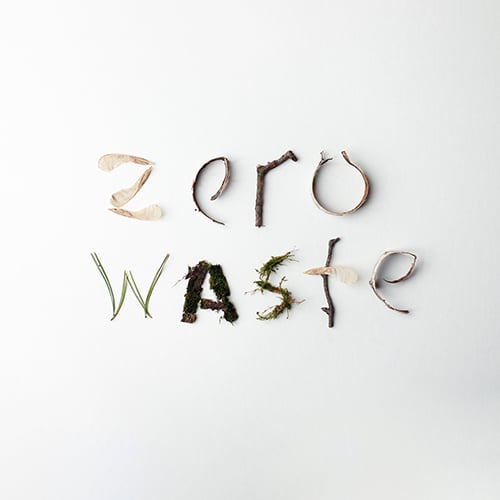
At AIAG’s Virtual 2020 CR Summit April 28–29, sustainable packaging expert Martina Prox will provide future-forward ideas on how zero-waste methodologies can align waste elimination with circular economy principles.
Images of consumer packaging as pollution, marine littering, or nano-plastic in our food chains have created public awareness of the impact packaging is having on our environment. Greater awareness has also led to regulatory action limiting the export of wastes that aren’t clearly marked for recycling or appear to be on track for disposal with an unclear destination.
“Automotive companies want and need to reduce their impact on the environment,” says Martina Prox, who manages sustainability strategy for ifu Hamburg GmbH, a Member of iPoint Group. “When assessing the environmental impacts of a whole vehicle over its lifecycle, the influence caused by B2B packaging is hardly visible. But from a corporate sustainability and environmental management perspective, all areas and responsibilities of an operation need to contribute to the achievement of reduction targets.”
Prox says this should start on the site level with questions like: When is it better to send a certain type of packaging waste to landfill versus incineration? Should we be rethinking packaging systems from a design and business model perspective completely?
Another reason packaging is a focus for automotive companies relates to cost. “Packaging is always a cost factor and finding ways to reduce impact often goes hand-in-hand with a cost reduction,” Prox points out. “Considering a production system across different suppliers, single-use packaging can be seen as waste from the production system as a whole.”
Prox will speak on “Designing Packaging for Sustainability and Circularity” during AIAG’s 2020 Virtual CR Summit, April 28–29. Prox is a German delegate in the development of international standards for the ISO 14000 series. A new ISO Technical Committee on Circular Economy started in early 2019, and Prox was elected chair of the German mirror committee, working with an international team to prepare standards that provide guidance on measuring the circularity and the sustainability of products, components, and materials.
Her presentation details the opportunities and roadblocks associated with the implementation of sustainable packaging initiatives in the auto industry. During the presentation, she will discuss automotive production packaging requirements and the supply chain factors that could make waste reduction/elimination possible. The outlook will focus on utilizing zero-waste methodology to drive waste reduction/elimination aligned with circular economy principles.
Environmental impact assessments have been conducted on packaging since the 1970s, she says. Studies of what is better — single-use packaging or returnable, multi-use packaging —have been commissioned by governmental agencies and industry associations to get a clear picture of environmental impacts from packaging systems. Impact comes from transport distances, number of reuses, and the region-specific recycling infrastructure.
“Important learnings and experiences show that we should always take a systems perspective,” says Prox. “Especially with the recently growing focus on circularity, there is a risk to focusing on the material only and neglecting the potential trade-offs in the whole system, including the function the packaging is intended to fulfill.”
With the greater attention globally on recycling/reuse from governments, consumers, NGOs, and OEMs/suppliers, Prox says everyone wants to reduce landfills and save on their bottom lines. “The EU government has mandated recycling and reuse and even assigned quotas to manage wastes,” she says. “The EU Circular Economy Action Plan was published in March. In the European Circular Plastic Alliance, one working group is also dealing with circular packaging. OEMs and suppliers want to effectively and efficiently recycle and reuse packaging materials to save money.”
“In many regions around the globe, landfill space is limited or landfills are already closed,” she continues. “Incineration contributes to climate change, so regulations and higher costs for disposal can be expected. To prepare for these developments, packaging designers need to rethink packaging systems to increase circularity, including multi-use systems and use of recycled material for packaging that remains recyclable.”
Prox is eager to share the opportunities with CR Summit participants. “The goal is to become more circular, create less waste, or find the waste treatment or disposal scenario with the lowest environmental burden,” she says. “Packaging innovation can happen much faster than designing new parts for a vehicle.”

Martina Prox
Sustainability Strategy
ifu Hamburg GmbH - member of iPoint Group

